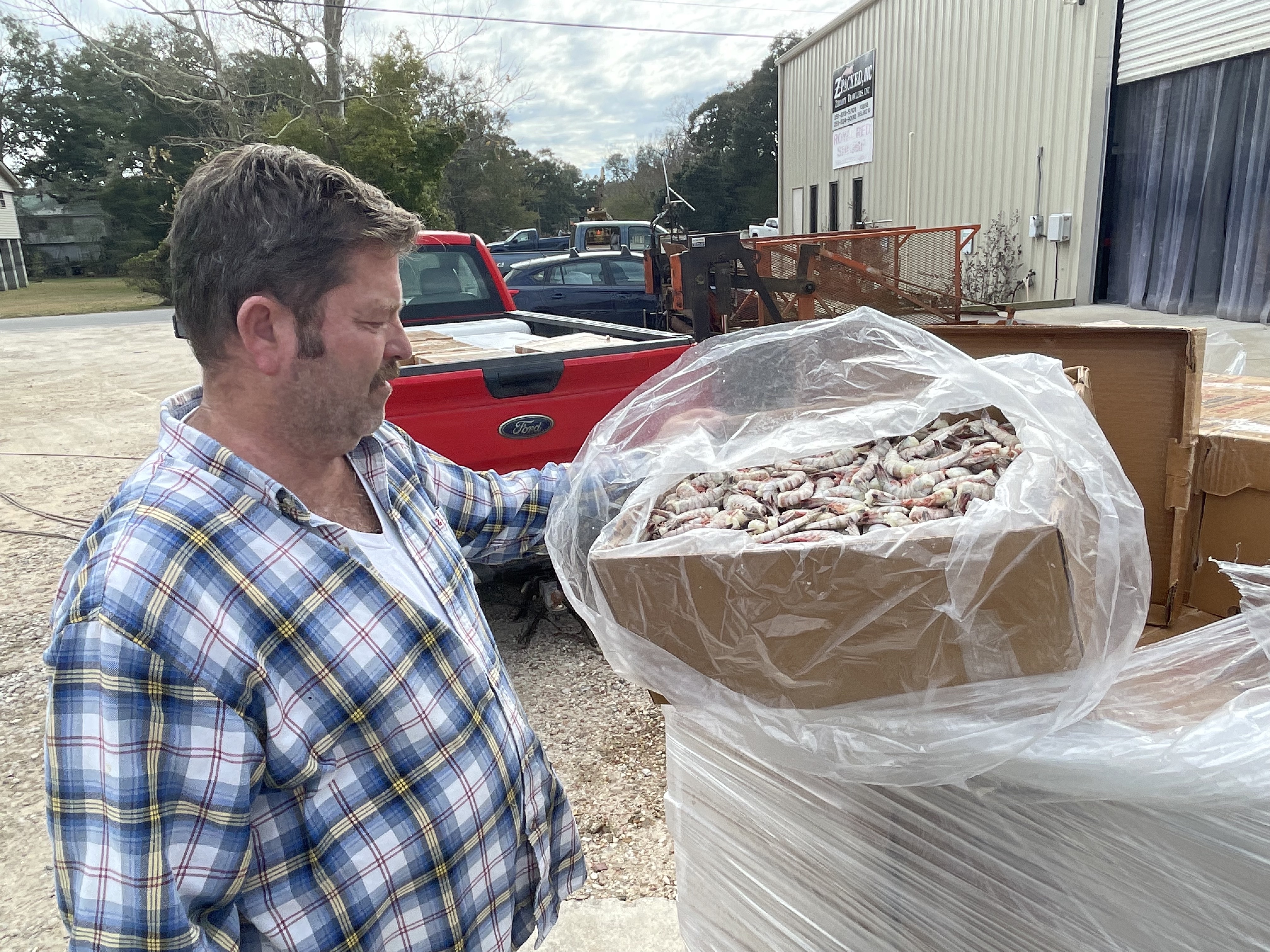There’s nothing new in this story. According to Jeremy Zirlott, a vessel owner and shrimp wholesaler in Bayou La Batre, Ala., decades of World Bank subsidies have led to a glut of farmed shrimp coming into the US from Ecuador, India, Thailand and elsewhere.
“They just announced another loan to Ecuador,” says Zirlott, who has been tracking the numbers for years. “I scream about it, but I can hardly get anyone to listen. Even the Southern Shrimp Alliance is not really aware.”
The $45 million dollar loan that the International Finance Corporation, an arm of the World Bank, made to a major Ecuadoran shrimp farm company, Industrial Pesquera Santa Prescilla SA, in August 2022 is just one of many. The same company received $15 million the year before from the Luxemborg-based, eco-business fund, and the total amount of loans to Ecuador shrimp producers amounts to over a billion dollars, not to mention billions more to Asian producers.
“Because I own the boats and the dock, and my boats pack at sea, I can pay more than the usual, but others are at the mercy of the market,” says Zirlott.
One Vietnamese-American vessel owner in Bayou La Batre had his boat hauled out. “Last trip I made $28,000, but I paid $30,000 in expenses,” he said. “I got $1.30 for 10-20s.”
“Those are real prices,” says Zirlott. “That’s what people are getting. Right now, I’m selling 21-25 headless for $4.90 a pound. Last year I was getting over $7. I saw on the market yesterday Indian farmed shrimp 16-20s for $4.20. That’s a big shrimp, you can’t compete with that price and stay in business.”
Zirlott notes that past and continued subsidies to foreign shrimp aquaculture have changed the market. “People used to buy for a month or two out, but now they buy week to week because they think the price will keep going down. That softens the market.”
He also believes that the FDAs Seafood Import Monitoring Program is not helping. “They test a small amount of the foreign farmed shrimp in for antibiotics and chemicals, and they always find it, so that should tell you something. But they return it to the country of origin, and it gets re-labeled and sent back.”
The real problem, according to Zirlott, is World Bank money pouring into the shrimp aquaculture industries of Latin America and Asia. “And what gets me is it’s our money,” he says. The US is the biggest funder of the World Bank.”
Zirlott adds, however, that he is not against free trade. “If these shrimp farms could produce a competitive product on their own, I’m okay with that. All I want is a level playing field.”







